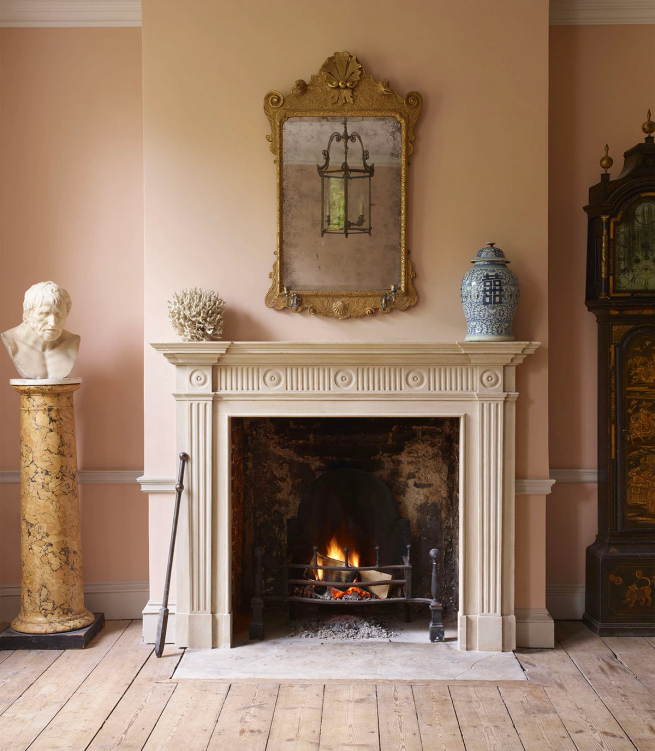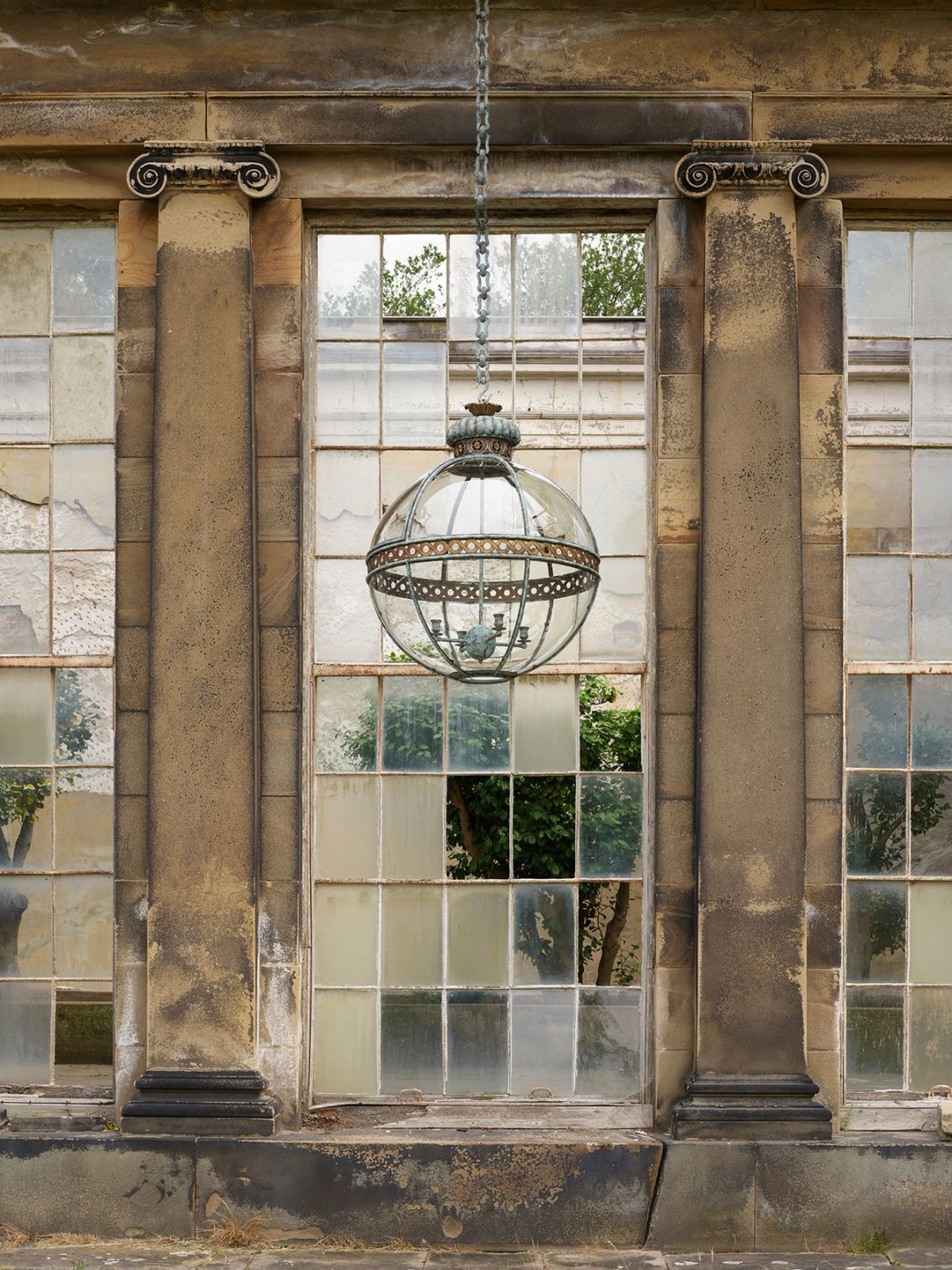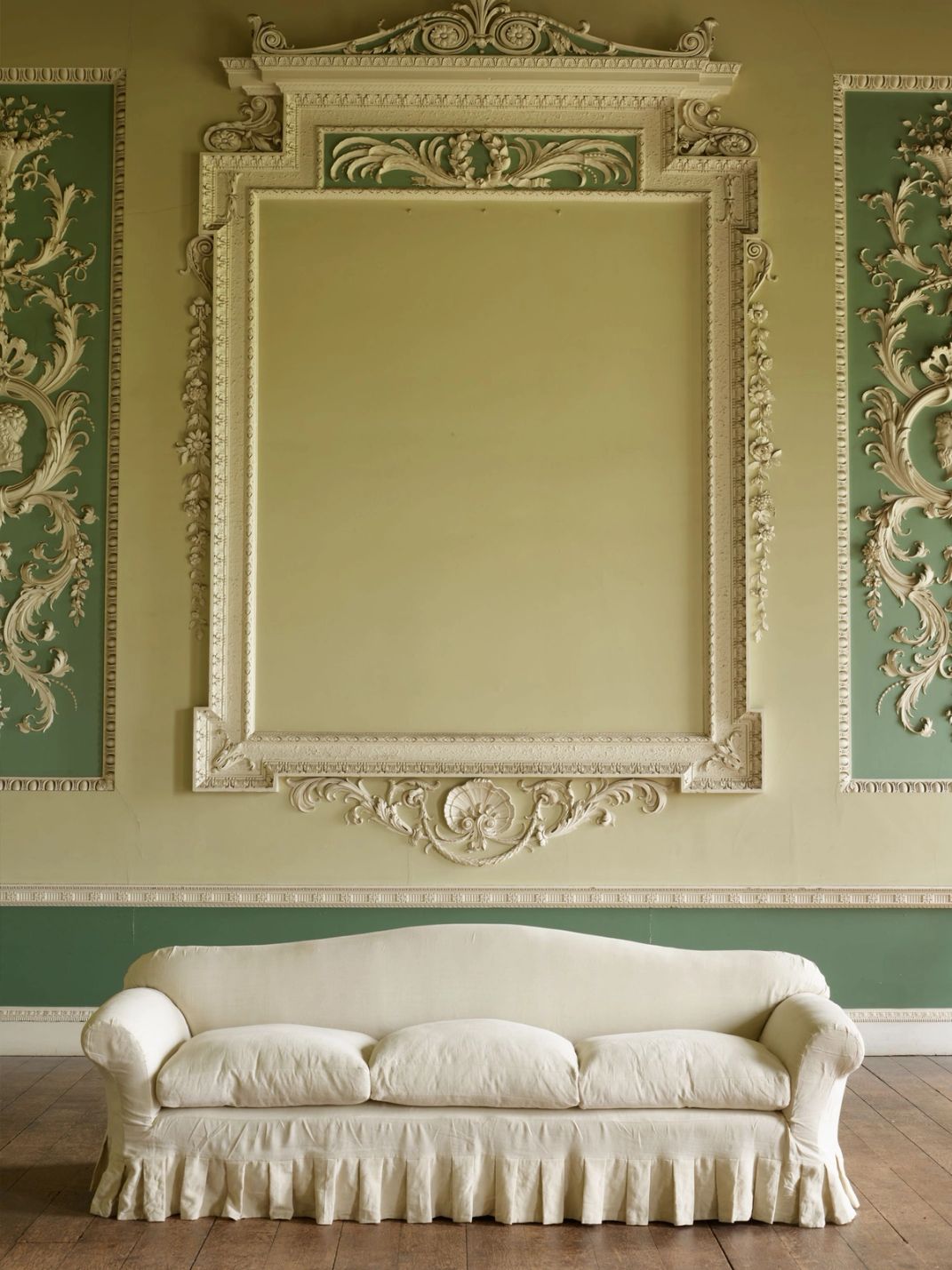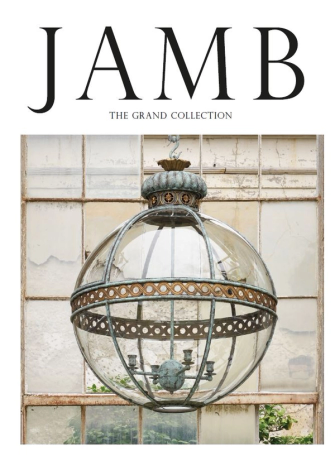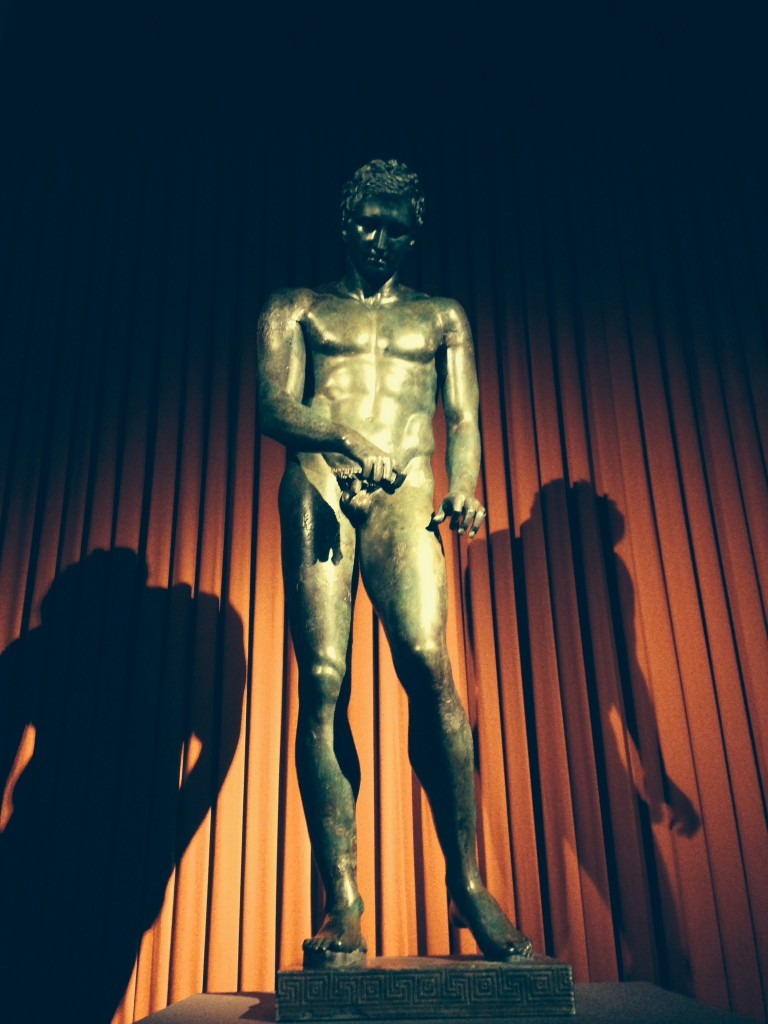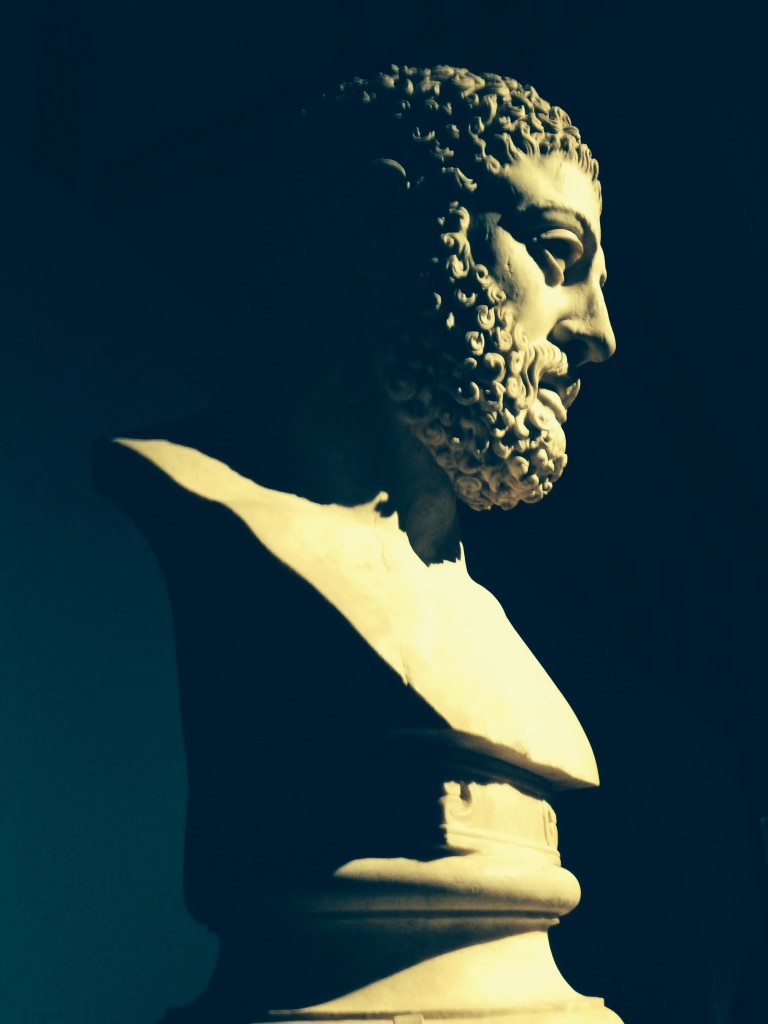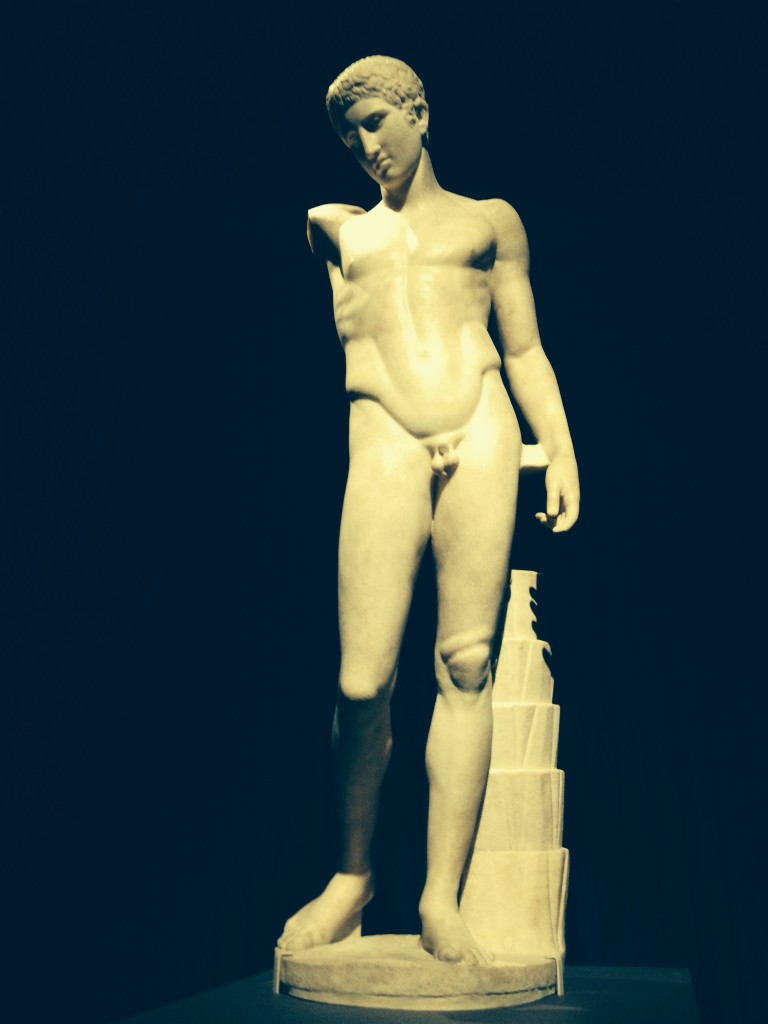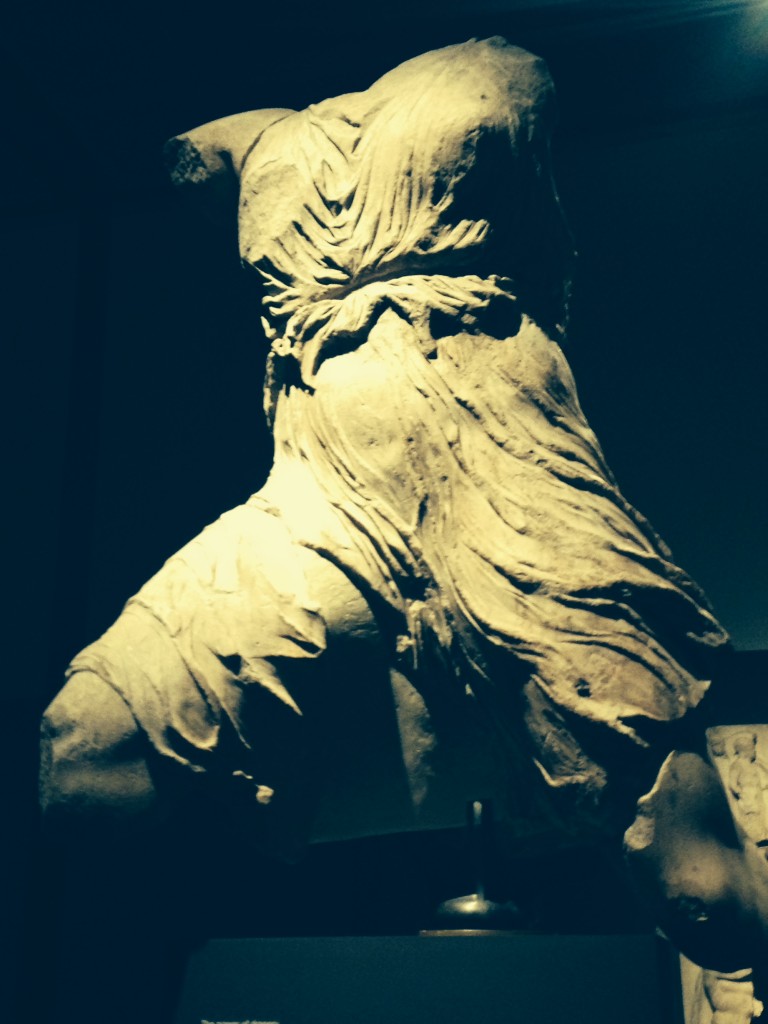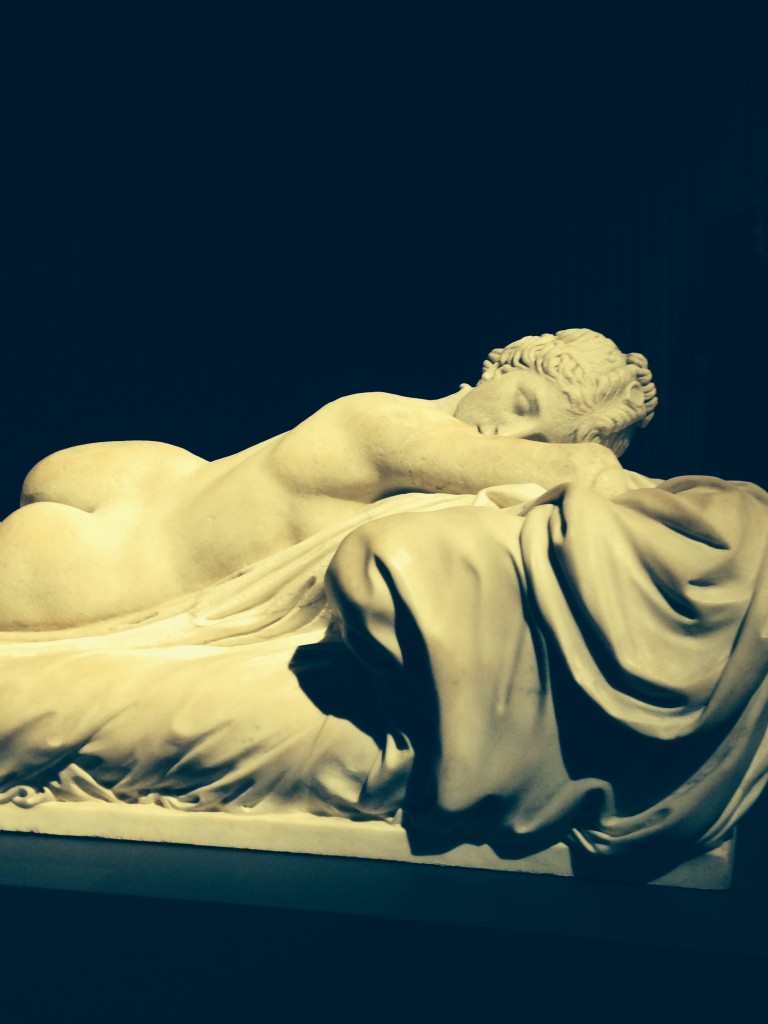Yesterday I had the great pleasure of visiting the British Museum’s new exhibition: Defining Beauty: The Body in Ancient Greek Art. I was reminded of how all the Antiques and Reproduction design in the fire surrounds, lighting and furniture we deal in, begins here. This is the start of the lineage, from the mathematical workings of perfect proportion in Greek form which was then collected, celebrated and copied by the Romans, with a resurgence in the Italian Renaissance period and 18th and 19th centuries to now.
The first sculpture that totally moved me was a Life-size Greek Bronze statue, about 300 BC, recently discovered in the Adriatic Sea off Croatia.
Its tarnished, weathered surface of myriad greens, golds and reds was exquisite and the Greek key detail around its base. It reminded me of my favourite Greek sculpture that is in the National Museum of Rome, the Boxer of Quirinal.
My idea of absolute heaven lay in the form of a head of Heracles. A Roman marble copy, AD 117-138, of a Greek Bronze 4th Century BC made for the Roman Emperor Hadrian.
This to me is absolute beauty. The scale and weight of the marble, the balance between the sharpness of the eyes and nose with the undercutting and handling of the hair and beard casting a shadow and capturing the essence of man. Very much like the Roman bust of Homer later on in the exhibition.
Opposite sits Hera of who Heracles hopes to appease. I loved her gilded identifications of her Museum markings.
It is strange how perfection can almost became cliché when you see repeated forms of idealized beauty. A marble Greek youth, about 490 BC stands towering over you.
Socrates was asked if he saw beauty in the beautiful youth Charmides. Yes, he answered, but added, if you took off his clothes you would consider him faceless so perfect is his beauty.
Extraordinary vitality is captured in a Greek marble statue, 438-432 BC of Isis, the messenger goddess.
A miraculous and emotive piece of carving from the Parthenon which reflects the whole exhibition. It is extraordinary to see these ancient sculptures that have survived and gathered together at the British Museum to create this remarkable show. I will be returning many times.


